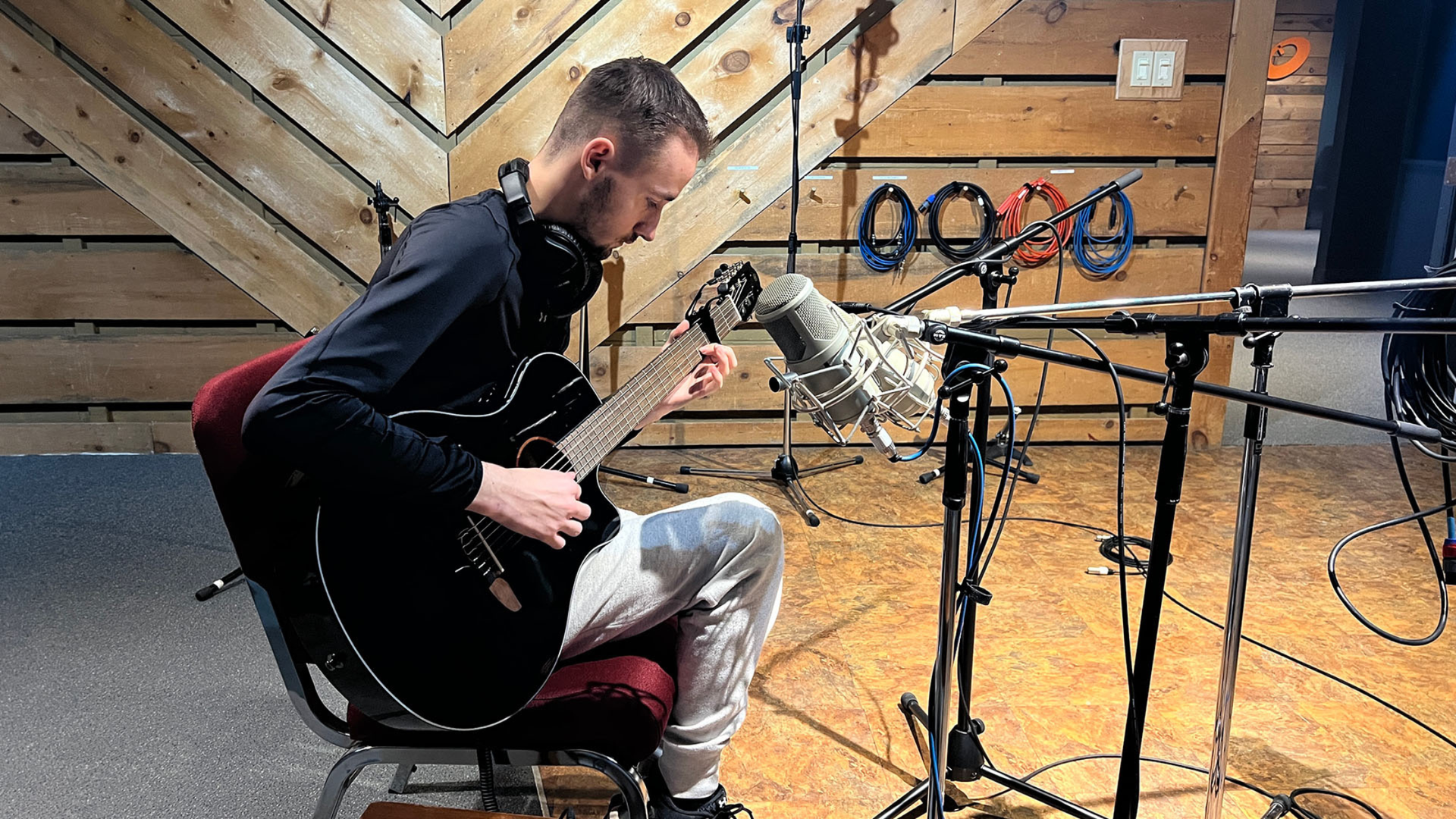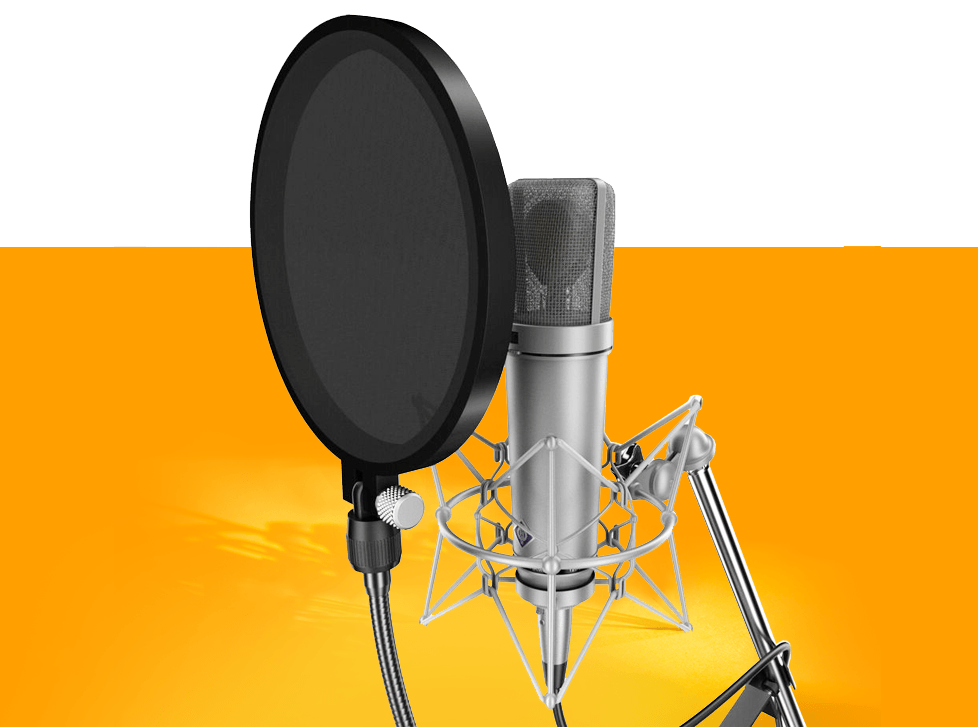Top 5 Tips for Realistic Pitch Correction
Jeremy Alves | September 15, 2025

Pitch correction is one of those skills that distinguishes professionals from hobbyists in the field of music engineering. Anyone can load up a plugin and tweak a vocal line, but it takes a trained ear and a good understanding of audio to make pitch correction sound natural, not robotic.
At its best, correction doesn’t distract from the performance but enhances it, making the emotion and tone shine without drawing attention to the edits.
For students who want to work in audio, ear training and pitch work are just as important as learning microphones or mixing consoles. The Ontario Institute of Audio Recording Technology (OIART) integrates the technical and creative aspects of pitch correction into its program, ensuring that graduates can confidently enter any studio or post-production session.
Keep reading to learn why ear training is essential for your career, how today’s DAWs make pitch correction sound natural, and how OIART alums have turned these skills into successful careers.
Why Pitch and Ear Training Matter in Audio
In today’s industry, pitch correction can shape sound in film, advertising, games, and theatre productions. If a guitar track is slightly flat or a bass line is sharp against the drums, the entire song will feel off. Being able to recognize and correct these subtleties is what separates good mixes from great ones.
Ear training is the foundation. You can’t correct what you don’t hear. Audio programs place so much emphasis on exercises that sharpen your ability to identify pitch differences, tonal shifts, and harmonic clashes. OIART, a top-rated music production and audio engineering school, combines classroom instruction with real-world sessions, enabling students to hone their skills while working on live projects.
By the time graduates leave, they can follow a plugin’s visual display and make musical decisions based on how the performance feels and sounds.
The DAWs and Tools Behind Professional Pitch Correction
Any major recording school can teach digital audio workstations (DAWs), but what matters is how well you learn them. At OIART, students dive into industry-standard platforms, like Pro Tools, Logic Pro, and Ableton Live, learning the software and workflows that professionals use every day.
For pitch correction specifically, two tools stand out: Celemony Melodyne and Antares Auto-Tune. Melodyne gives engineers the flexibility to manipulate pitch with surgical precision, shifting notes while keeping timing and natural dynamics intact. Auto-Tune, when used subtly, corrects pitch in real time without stripping away character.
Understanding when to use each tool and how to combine them with creative decisions is part of what makes OIART’s approach unique. Students practice on real performances, learning to maintain a human quality in their vocals while still being perfectly in tune.
Top 5 Tips For Realistic Pitch Correction
Now that you know why pitch correction matters, let’s break down five tips to make your work sound authentic.
Tip# 1: Correct Pitch With Subtlety
The most common mistake is over-correcting. Perfectly straight notes sound robotic and remove the emotion of a performance. Instead, aim for natural movement. Correct only what takes the listener out of the moment and leave the natural vibrato or slight imperfections intact. A performance’s charm often lives in the fine details.
Tip# 2: Use Your Ears, Not Just Your Eyes
Plugins like Melodyne display pitch as blobs or lines, tempting engineers to edit visually. But music isn’t made for the eyes — it’s made for the ears. Train yourself to close your eyes and listen before making adjustments. If it feels right, it usually is. Visual tools are there to confirm what you hear, not to replace your judgment.
Tip# 3: Focus on Transitions, Not Just Notes
A note can be in tune, but pay attention to the way it enters and exits — slides, glides, and consonant sounds at the start or end of a phrase. Editing only the sustained portion of a note can make transitions sound unnatural. Correcting the entire phrase, while preserving the singer’s intent, maintains the musical integrity.
Tip# 4: Match Correction to the Genre
A pop record might call for tighter, glossier correction, while an indie-folk track benefits from more looseness. Hip-hop might embrace Auto-Tune as an effect, while film scoring requires invisible correction. Always consider the artistic context before making adjustments.
Tip# 5: Train Your Ear Daily
The best engineers have ears that can instantly pick out subtle pitch differences. Just like athletes practice drills,
audio engineers need daily ear training. Use ear training apps, DAW pitch-detection features, or even tuning exercises on an instrument. At OIART, these exercises are integrated into the coursework, so students leave with sharper listening skills than they had when they started.
OIART's Audio Program Includes:
✓ Small Class Sizes
✓ On Site Facilities
✓ Industry Leading Instructors
✓ Post Grad Support & Guidance
✓ Exclusive 11 Month Program
Sharpening Your Ears for Pro-Level Audio
Realistic pitch correction begins with developing ears that can detect the slightest variations in tone. Tips for sharpening your ears:
- Listen in different environments: Switch between headphones, monitors, and car speakers to catch new details.
- Slow it down: Break down recordings at half speed to hear micro-pitch changes you’d miss at full tempo.
- Stay consistent: Like muscle memory, your ear sharpens most with short, frequent practice sessions.
At OIART, theory quickly turns into practice.
Instructors might challenge you to hear if a note is 10 cents sharp or to correct a vocal track using both Melodyne and Auto-Tune to compare results.
Students also practice with interval recognition drills, daily listening exercises, and A/B testing against reference tracks to fine-tune perception. By the end of the program, your brain is trained to pick up on these subtle details instantly, giving you a technical edge that sticks long after graduation.
Testimonials: From Classroom To Career
From fine-tuning pitch to sharpening ears, OIART graduates walk out with skills that land them work in studios, live sound, and beyond:
Matty Green
After graduating, Matty Green went on to work with world-class artists including Ed Sheeran, Lady Gaga, and Paul McCartney. His mixes are heard worldwide, and he credits his time at OIART for teaching him the technical precision and musical intuition to work at that level.
“I feel like OIART helped me to be ready for anything and everything. OIART really trains students well to understand how all the gear works, rather than just a few pieces of gear. You can walk in anywhere and understand why something is doing something and what it’s going to do.
OIART is giving students the knowledge to figure things out instead of training button-pushing monkeys. The teachers are incredibly supportive, and the extra help is there if you need it. OIART Rocks, I really love that place.”
Jason Dufour
Jason Dufour has established a reputation as a leading recording and mix engineer, earning a Juno nomination for Recording Engineer of the Year.
“As I look back, I realize how invaluable my time spent at OIART was and still is — It gave me the foundational tools that I needed to build upon my skills and develop into my career as a recording engineer/mixer. I would highly recommend OIART to anyone seriously thinking about pursuing professional audio as a career.”
Liam Thompson
For Liam Thompson, running his own studio meant wearing many hats, from engineer to producer to entrepreneur. He’s worked with local bands and national projects, blending technical skills with creativity.
“I can’t begin to explain how valuable my time at OIART was. Obviously, I learned a huge amount from the amazing instructors — recording techniques, acoustic treatments, sound design, mixing, speaker calibration, and much more — but the opportunity to network with, and learn from, the other talented students was perhaps just as valuable.
The healthy competition between the students forced me to find out how hard I could actually work, and the guidance of the faculty made sure I had the skills to compete both before and after graduation. Audio can be a lonely career path, and having talent is only half the battle, but OIART provides much more than just information; the experience of working as a team, and the close friendships and professional connections made during that process, helps set you up for success.”
Why OIART Is The Best Place To Learn Audio Engineering
Many music production schools in Canada promise studio time and software training, but OIART delivers a complete education. Students work in professional studios with consoles, industry-standard DAWs, and cutting-edge plugins, gaining hands-on experience instead of just sitting in front of a computer.
More importantly, instructors who’ve built careers with production in music, film, and broadcasting guide them. That mentorship ensures that when you learn pitch correction, you’re making musical decisions the way working professionals do.
By graduation, OIART students have the skills, ear training, and hands-on experience to move confidently into
careers in production, post, and beyond.
Make Your Move. Start a Career In Music Production Today
Pitch correction isn’t going away. If anything, it’s becoming more central to music production, sound design, and multimedia. The engineers who will thrive are those who can use it tastefully, training their ears to balance perfection with performance.
OIART gives you the tools, mentorship, and studio experience to make that possible. From DAW mastery to ear training drills, you’ll leave prepared for the demands of today’s audio industry.
Apply now for your opportunity to prepare for a career in music.
Ready to Start?
OIART's Audio Program Includes:
✓ Small Class Sizes
✓ On Site Facilities
✓ Industry Leading Instructors
✓ Post Grad Support & Guidance
✓ Exclusive 11 Month Program
Top Reasons Why You Should Choose OIART.
Have Questions?
If you have questions about our audio engineering and music production program or would like to book a tour, we would be pleased to speak with you.
Text Us: 519.200.4151
Share This With a Fellow Music Lover
Apply in 3 Steps!
Step 1: Click Apply Now to start.
Step 2: Answer questions about yourself.
Step 3: Submit and check your email.
Share this with fellow music lovers


